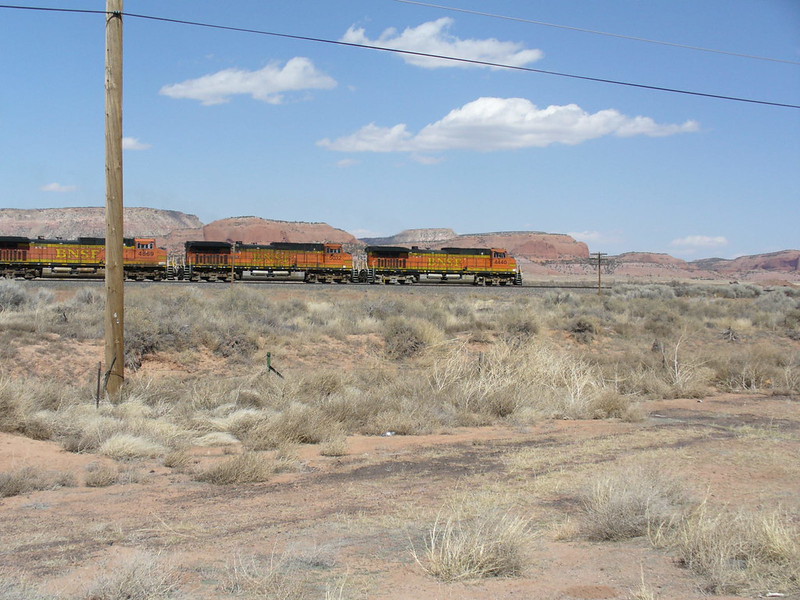The Four Corners region shared by Arizona, Colorado, New Mexico and Utah is known more for stunning landscapes and isolation than for rail access. Even in the early 20th century at the peak of American rail mileage, the closest rail link for this region lay in Farmington and Gallup along the Denver and Rio Grande Western and ATSF Railroads respectively.

While the Gallup line still exists as part of BNSF’s Southern Transcontinental route, the only other active railroads in the region are coal mine short line and the Durango and Silverton, a picturesque tourist steam train. Furthermore, the Four Corners region has been hit hard by the closure of major industrial complexes, including the Navajo Generating Station, San Juan Generating Station, and the impending closure of the Four Corners Power Plant in 2031. This is translating into cleaner air but also lost jobs with good wages.
This background makes the recent acquisition of a $4 million Consolidated Rail Infrastructure and Safety Improvements (CRISI) grant by San Juan County and the Navajo Nation all the more intriguing. The project is intended to reestablish the connection to Farmington and open a freight rail route to this portion of the country.
The proposed freight rail line, which will connect to the BNSF line in Gallup, represents more than just a transportation project. It’s a gateway to economic opportunity. With 40% of the nation’s intercity goods shipped via freight rail, this infrastructure investment could be transformative for the region.
The bulk of the project will be located within the Navajo Nation, in partnership with San Juan County and the New Mexico Department of Transportation. As such, the tribal enterprise Navajo Agricultural Products Industry, or NAPI, is a primary beneficiary. A rail would allow NAPI to move products directly to the BNSF Transcon line for shipment east or to ports like Los Angeles and Long Beach. Officials are hopeful that the presence of the line will also help attract new businesses and manufacturers.
The project is not an overnight solution. Planning and proposal development are expected to take two to four years, with an additional three to five years projected for construction. However, the long-term impact will be significant.
This project exemplifies how targeted federal grant programs like CRISI and the Rail Crossing Elimination program can provide critical support to rural and isolated communities. By addressing the high capital costs associated with large-scale infrastructure projects, these grants offer a path to economic revitalization. The closure of the coal-fired generation plants is contrasted with new wind and solar energy projects and interest by manufacturers, recycling stations, and carbon capture efforts. Adding rail as a transportation option this region can help a community in the middle of a major economic transition.
As the Four Corners region looks to reinvent its economic landscape, this rail project stands as a testament to strategic planning, community resilience, and the transformative power of infrastructure investment.



